If you’ve ever had a bad concrete job, you know it’s not a fun experience. Fortunately, there are some things you can do to fix it. In this blog post, we’ll talk about the steps you need to take to fix bad concrete and make your driveway or patio look new again. So keep reading to learn more about how to fix bad concrete job.
Summary: Poorly installed concrete can lead to cracking and deterioration. To repair a bad concrete job, begin by cleaning the surface of any debris and then use a chisel and hammer to chip away any loose pieces of concrete.
Afterwards, grind any remaining rough areas to create a smooth surface and remove any residual dust with a brush or broom. Finally, add new concrete mix to the affected area and level it off creating a fresh, level surface for your project.
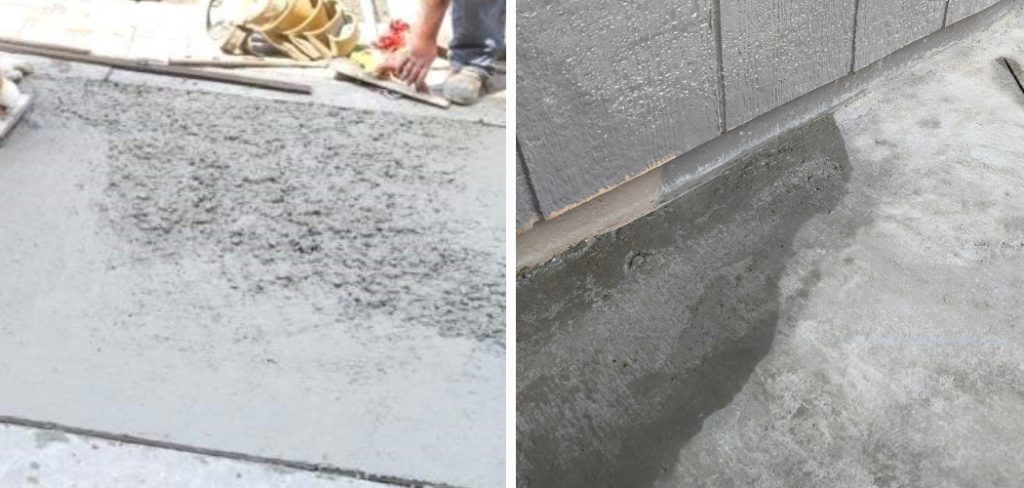
What Is a Bad Concrete Job?
If you’ve ever seen a concrete job that looks terrible, you might wonder what makes it so bad. In most cases, it comes down to a few key factors. First, the concrete may have been mixed improperly, resulting in a weak and uneven mix. Second, the concrete may have been poured too thinly, resulting in cracks and chips.
Third, the concrete may not have been cured properly, causing it to shrink and crack. Finally, the concrete may have been damaged during the finishing process, resulting in an unsightly surface. Understanding these common mistakes allows you to avoid them when planning your own concrete project.
Why Should You Fix Bad Concrete Job?
Anytime you have concrete work done, you want it to be done right. Otherwise, you’ll have an eyesore on your property – and possibly even structural damage. That’s why it’s so important to find a reputable contractor who will do the job correctly the first time. But what if you’ve already had concrete work done, and it wasn’t up to par? In that case, you may wonder if investing in fixing the bad concrete job is worth it. The answer is yes! Here are three reasons why:
First of all, a bad concrete job can devalue your property. If your home or business has cracks in the sidewalk or driveway, it will be less appealing to potential buyers or renters. Not only that, but you may also be liable if someone is injured due to poor quality concrete work.
Secondly, bad concrete work can lead to more serious problems down the road. Cracks in sidewalks or driveways can become larger over time, eventually leading to structural damage. Additionally, water can seep into cracks and freeze, causing the cracks to widen and creating trip hazards. By fixing bad concrete work now, you can avoid these more costly issues later on.
Finally, repairing bad concrete work is simply the right thing to do. If a contractor did shoddy work on your property, it’s only fair that they should have to fix it. After all, you paid for their services and deserved to have the job done correctly. So don’t hesitate – if you have bad concrete work, contact a reputable contractor today and get it fixed!
7 Steps to Follow on How to Fix Bad Concrete Job
You’re looking at your new concrete patio and noticing that the finish isn’t as smooth as you thought it would be. Or, perhaps there are cracks already forming. Maybe the color isn’t what you wanted, either. You start to wonder if you made a mistake hiring that contractor.
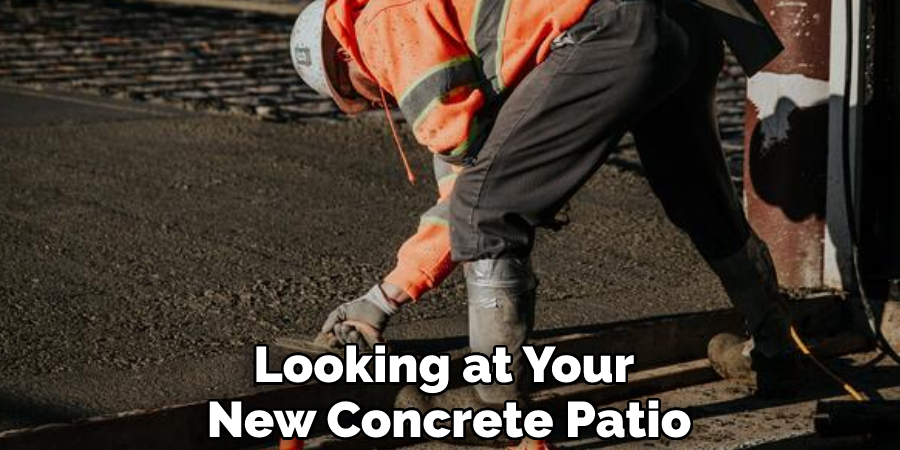
Here’s the thing about concrete: it’s one of the most durable materials you can use for your home projects. But, like any material, it has to be installed correctly to perform its best. So, if you’re not happy with your new concrete job, don’t panic. In most cases, the problems can be fixed. Here’s how:
1. Inspect the Concrete
The first step in fixing a bad concrete job is to inspect the concrete to determine the problem. Is the concrete cracking? Is it settling? Is it discolored? Once you know what the problem is, you can begin to take steps to fix it.
2. Remove the Bad Concrete
If the concrete is cracked or settling, you will need to remove the bad concrete and replace it with new concrete. This can be a difficult and time-consuming task, so it is important to make sure that you have the proper tools and equipment before starting.
3. Prepare the Area for New Concrete
Once you have removed the bad concrete, you will need to prepare the area for new concrete. This includes cleaning the area and removing any debris or obstacles that could prevent the new concrete from setting properly.
4. Mix the New Concrete
After preparing the area, you will need to mix the new concrete. This can be done by hand or with a mixer. Be sure to follow the instructions on the bag of concrete mix to ensure that you mix it correctly.
5. Pour the New Concrete
Once the concrete is mixed, you must pour it into the prepared area. Be sure to smooth it out as you pour so that it sets evenly.
6. Allow It to Set
After pouring the new concrete, you will need to allow it to set for at least 24 hours before walking on it or adding any weight to it.
7. Enjoy Your New Concrete!
Once the concrete has set, you can enjoy your new concrete patio, sidewalk, or driveway! Be sure to take care of it so that it will last many years.
That’s it! You’ve now learned how to fix bad concrete job. Remember, in most cases; the problems can be easily fixed if you take the time to do so.
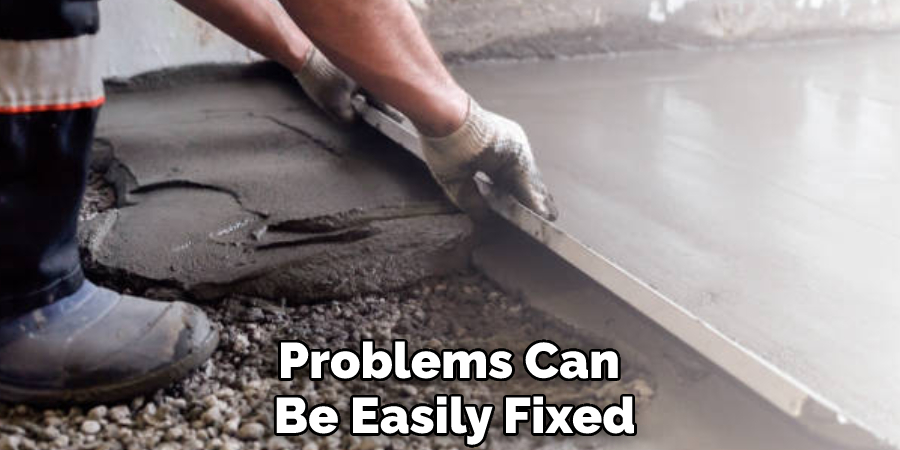
How to Fix Common Bad Concrete Job
Concrete Cracks
Cracks are probably the most common complaint with concrete patios, sidewalks, and driveways. And in most cases, they’re caused by one of two things: either the ground wasn’t properly prepared before pouring the concrete, or the expansion joints weren’t installed correctly.
If the ground wasn’t prepped properly, the soil wasn’t compacted enough, and/or there was too much water in the mix. When this happens, the weight of the concrete can cause it to settle and crack. If the expansion joints were installed incorrectly or not installed at all, then the concrete could crack as it dries and shrinks.
Fortunately, both of these problems can be fixed fairly easily by a professional contractor. For cracks that are simply cosmetic—meaning they don’t pose any structural threat—a layer of resurfacer can be added to smooth out the surface. If the cracks are more serious, then they will need to be cut out and repaired with fresh concrete.
Improperly Mixed Concrete
Another common problem with concrete is when it’s improperly mixed. If there’s too much water in the mix, the concrete will be weak and porous; if there’s not enough water, it will be difficult to work with and won’t achieve a smooth finish. It’s also possible to add too much sand to the mix, making the finished product rough.
To fix this problem, you’ll need to have a professional contractor come in and replace any improperly mixed areas. In some cases, they may be able to salvage part of the job by adding more water or sand as needed.
Discolored Concrete
Concrete that’s not the right color is another common problem. This can be caused by several things, including the use of the bad concrete mix, improper curing, or exposure to the elements.
The good news is that this problem can usually be fixed fairly easily. In most cases, a professional contractor can power wash the concrete and/or add a new coat of sealer to restore the color.
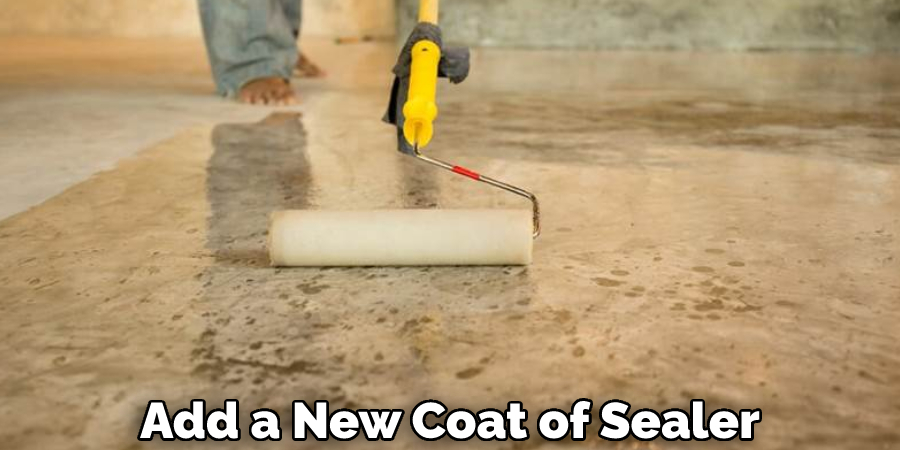
How to Identify a Bad Concrete Job
Any homeowner who has had concrete work done knows that it is not a cheap investment. With that in mind, you want to be sure that the job is done right the first time. Unfortunately, not all concrete contractors are created equal. If you’re not careful, you could end up with a subpar concrete job needing to be repaired or replaced sooner than expected. So, how can you tell if a concrete job is not up to par? Here are a few warning signs to look out for:
- Cracks or chips in the surface of the concrete
- Uneven or sunken sections of concrete
- Water pooling on the surface of the concrete
- Fuzzy or powdery residues on the surface of the concrete
If you notice any of these problems with your newly poured concrete, it’s important to contact the contractor right away. In some cases, the problem can be fixed with a simple repair. However, if the damage is extensive, you may need to have the entire job redone. Either way, addressing these issues as soon as possible is important to avoid further damage and costly repairs down the road.
How to Seal Concrete to Prevent Cracks
Cracks in concrete are not only unsightly, but they can also lead to bigger problems down the road. Soil and water can seep into cracks, causing the concrete to expand and lead to even more damage. Luckily, you can take a few simple steps to prevent cracks in your concrete. First, make sure to clean the surface of any dirt or debris.
Next, apply a concrete sealer with a brush or roller to fill any cracks or pores. Finally, allow the sealer to dry completely before using the concrete surface. Taking these precautions can help ensure that your concrete will stay strong and crack-free for years to come.
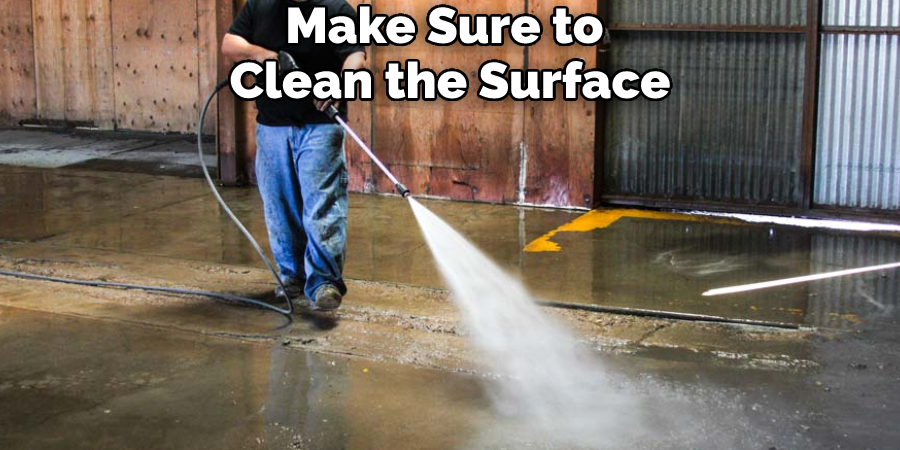
Conclusion
If your concrete job turns out bad, don’t despair. You can often fix it yourself with some elbow grease and the right tools. Be patient, take your time, and follow these steps to a successful repair. Thanks for reading our post about how to fix bad concrete job.
